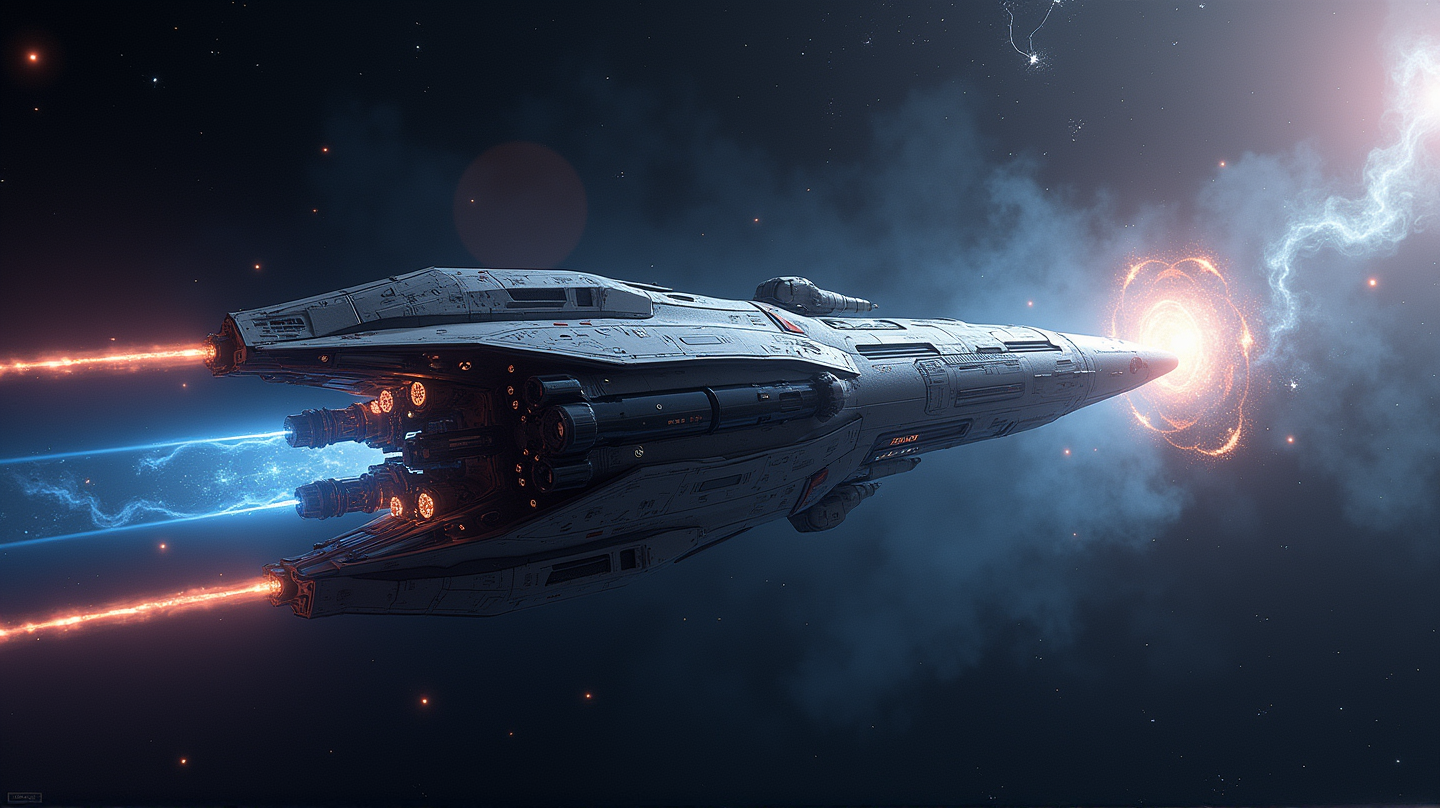Electric Propulsion: Transforming Deep Space Travel Like Never Before
Electric propulsion revolutionizes space travel with increased efficiency and lengthy missions, heralding a new era in space exploration.

A New Dawn in Space Exploration
The horizon of space travel is gleaming with promise as electric propulsion technology begins to reshape our journey into the cosmos. Unlike traditional chemical rockets, these state-of-the-art systems offer unparalleled efficiency by harnessing electricity to produce thrust. As shared in the article titled “Beyond chemical rockets: How electric propulsion redefines deep space travel,” this advancement not only promises extended mission capabilities but is key to unlocking the secrets of our universe.
The Mechanics of Electric Propulsion
At the core of electric propulsion are ion drives and Hall effect thrusters. By converting electrical energy into kinetic energy, spacecraft can achieve impressive velocities through ionization—a process where an electric field accelerates charged particles. This slow-burning method allows for longer-duration missions, making it ideal for exploring vast distances in space.
Real-World Endeavors
Several pioneering missions have already showcased the immense potential of electric propulsion. The Dawn spacecraft stands as a testament, navigating through the asteroid belt with remarkable efficiency. Similarly, the BepiColombo mission ventures towards Mercury, utilizing this cutting-edge technology to tackle complicated trajectories. This real-world application highlights electric propulsion’s growing significance in space exploration.
The Upper Hand Over Chemical Rockets
Electric propulsion provides a suite of advantages that traditional rockets can’t match. With reduced fuel consumption and continuous thrust, these systems ensure smoother accelerations and precise manoeuvres necessary for globe-spanning journeys. Less propellant also means more room for scientific payloads, propelling the potential for unprecedented discoveries.
Tackling Technological Challenges
Despite its promise, electric propulsion faces hurdles—chiefly, its relatively low thrust requires longer acceleration periods. Furthermore, these systems depend on advanced power sources and infrastructure, adding complexity and cost. But with each challenge comes opportunity, driving innovation and technological breakthroughs that bring us closer to the stars.
The Path Forward
As technological advancements continue, the potential of electric propulsion is set to redefine humanity’s capacity for deep space travel. Upcoming missions, such as NASA’s Psyche, aim to leverage ion propulsion for interplanetary exploration, significantly cutting down travel times. According to Innovation News Network, with continuing developments, the path to Mars and beyond comes tantalizingly within reach.
In reimagining the boundaries of our universe, electric propulsion not only promises efficiency but also opens doors to new frontiers of knowledge—transforming our journey into the stars and beyond.

